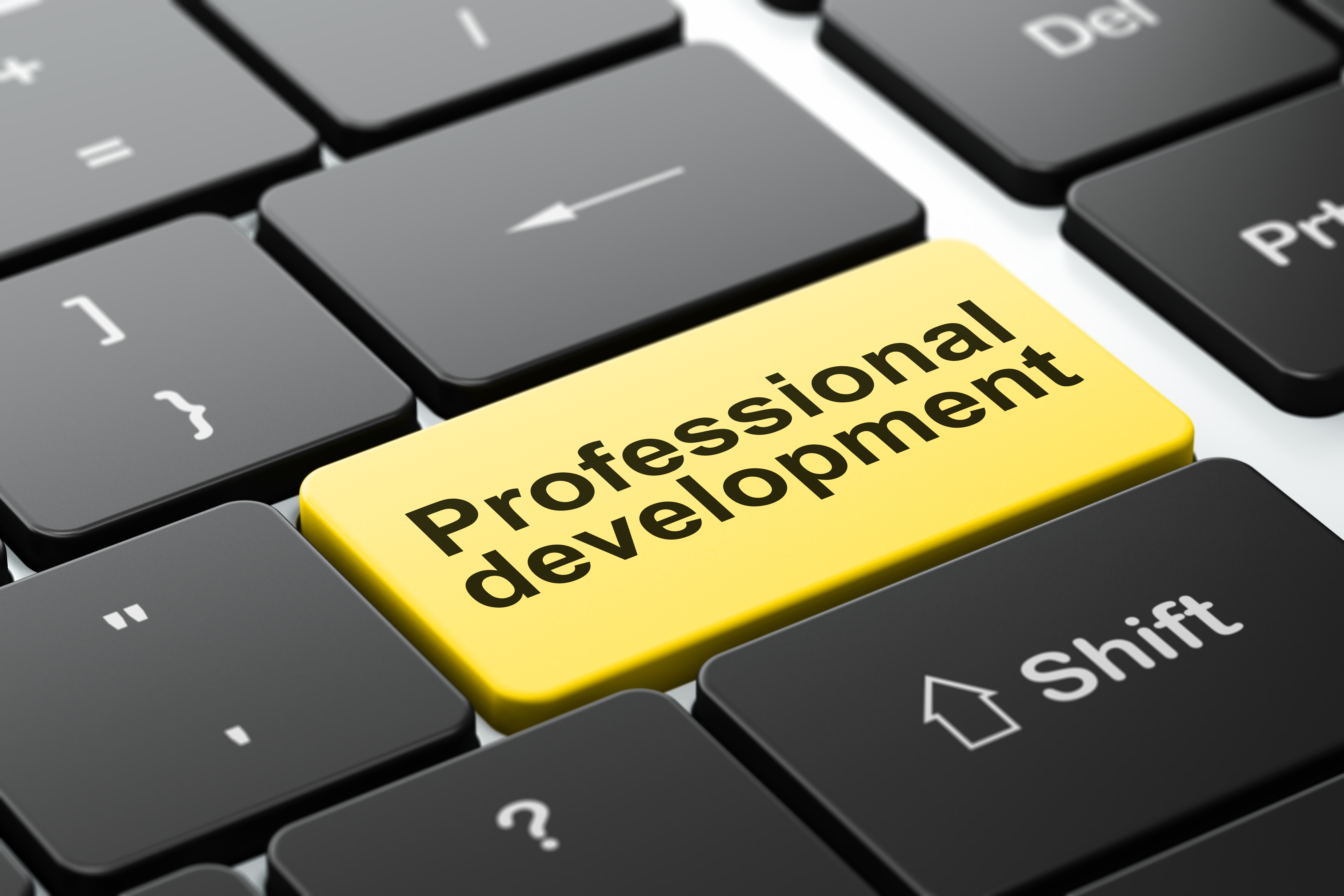Working professionals regularly seek continuing education and professional development to enhance their skills and improve performance. Senior leaders recognize the ROI on skills development training not only increases employee retention, but also employee job satisfaction. The Association for Talent and Development reports learning and development (L&D) spending is on the rise. Corporate spending on learning and development per employee averages $1,195 annually. The largest share of L&D spending is on leadership training for all employees.
How easily the learner is able to transfer and apply the new skills in real life is an issue corporate coaches should take very seriously. Though a learner may feel a surge of inspiration and professional growth at a learning event, something happens in a relatively short amount of time upon completion of the learning engagement. Forgetfulness.
The Forgetting Curve
The Ebbinghaus forgetting curve, hypothesized in 1885, describes the decrease in ability of the brain to retain memory over time. His theory suggests learners remember less than half of the information presented after one hour. After one day, learners remember 30% of what was taught in training. After six days, only 25% of the information presented is retained.
The documented decline of memory retention needs to be first on the mind of any corporate trainer or coach. Any worthwhile professional training needs to be designed to combat the exponential memory loss for content within the first few days of learning.
Attention Senior Executives: Consider these tips to optimize your company’s professional coaching dollars
Retain– Evidence shows that a one time learning event will result in poor retention. If your intention is to advance employees to the next level in their careers, select an ongoing comprehensive approach to instruction that includes a clear plan for routine follow up.
Refresh– The saying, “out with the old, in the with the new” is not necessarily a good thing when it comes to acquiring and retaining knowledge. Learning and accessing new knowledge accelerates the loss of access to old knowledge, even when that old knowledge remains relevant and useful. Long-term learning is a cumulative process through which new knowledge needs to replace or become integrated with prior knowledge (Bell et al. 2008). The moral of the story: fortify your employees’ memories for content through frequent reacquaintance with the knowledge you strive for them to obtain and retain.
Reinforce– Research suggests people learn best through a variety of mediums and resources. I advocate for learners to reinforce their knowledge through a multi sensory approach- audio, video, online tutorials, diagrams, and published text. In my personal coaching practice, I refer to the forgetting curve not only as the basis for how I design a training program, but also as the reason for routine follow up for at least a year post training. Ultimately, it is the learner’s choice if they want to reciprocate to my follow up. Often times, receiving a short email check-in is enough to reinforce mindfulness of the skills they set out learn.
Whether you are an employer considering the ROI of your training budgets or an individual who is evaluating professional development programs and courses, these tips will be useful to ensure your time and money is well spent.
Memphis Speech Solutions provides executive speech coaching to enhance public speaking performance and oral communication vocal confidence. We regularly deliver multi-sensory corporate coaching, which often includes collaboration with other executive coaches, to deliver a full scale learning experience.


